Hummingbirds, a beloved tiny bird species found across most of the United States, are admired for their beauty and agility as they fly, often visiting backyards and flower-filled gardens across much of America. But distinguishing between male and female hummingbirds can be quite difficult since many of the species share a very similar appearance.
In most hummingbird species, the male will appear more brightly colored than the female.
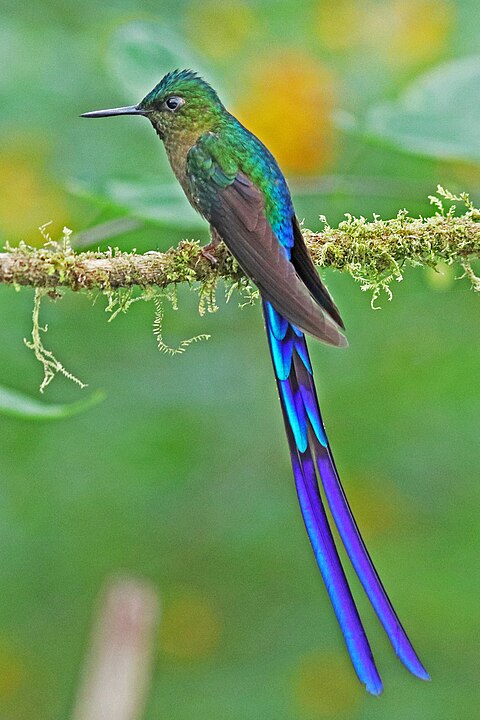
Photo courtesy of Joseph C Boone/CC BY-SA 4.0
1/ One of the most striking differences between male and female hummingbirds is the male’s gorget, which is a vibrant-colored throat patch that is used for courtship. The gorget has iridescent plumage which reflects light to make a stunning flash of colors. The male will fly in a U-shaped pattern or hover in front of the female, often making a dive facing the sun. Some species of hummingbirds have gorgets that extend up around the head, while others, such as the male violet-crowned hummingbird, lack a gorget altogether.
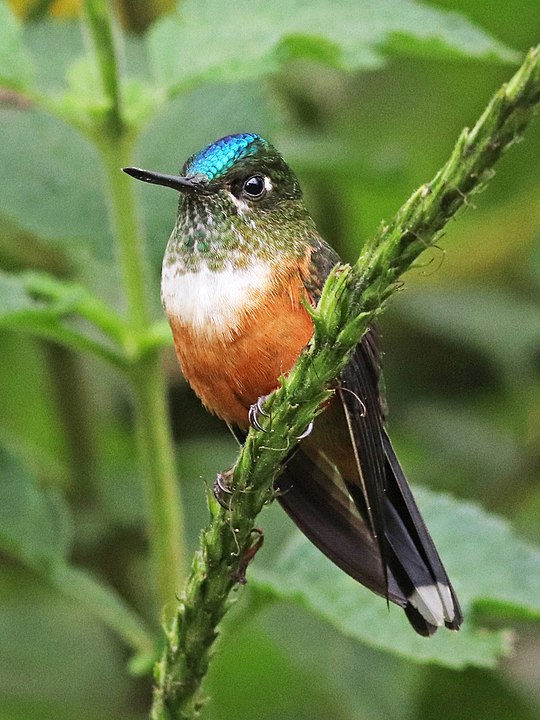
Photo courtesy of Joseph C Boone/CC BY-SA 4.0
2/ Another difference between male and female hummingbirds is their size and weight. Female hummingbirds tend to be larger and heavier than males as they need to carry and incubate their eggs.
On average, female hummingbirds weigh between 0.098 to 0.159 ounces, while males weigh between 0.085 to 0.127 ounces.
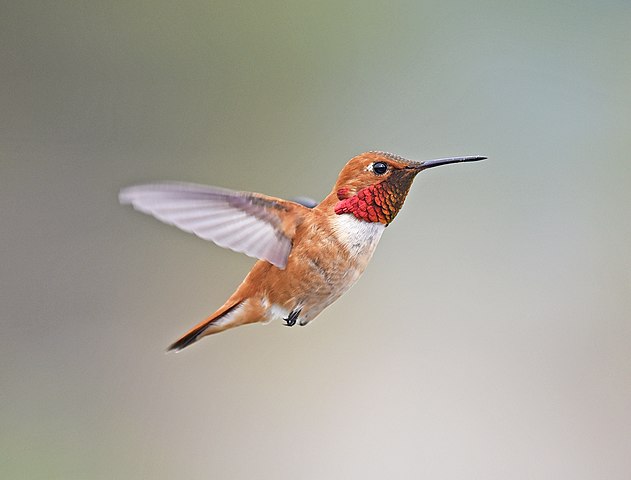
Male Rufous Hummingbird courtesy of VJAnderson/CC BY-SA 4.0
3/ Hummingbirds also have different tail shapes depending on their gender. Male hummingbirds tend to have forked tails with black feathers, while female hummingbirds have rounded, blunt tails with black feathers tipped in white. Some species of male hummingbirds can also vibrate or buzz their tail feathers as they fly, producing a sound that is most often heard during the breeding season.
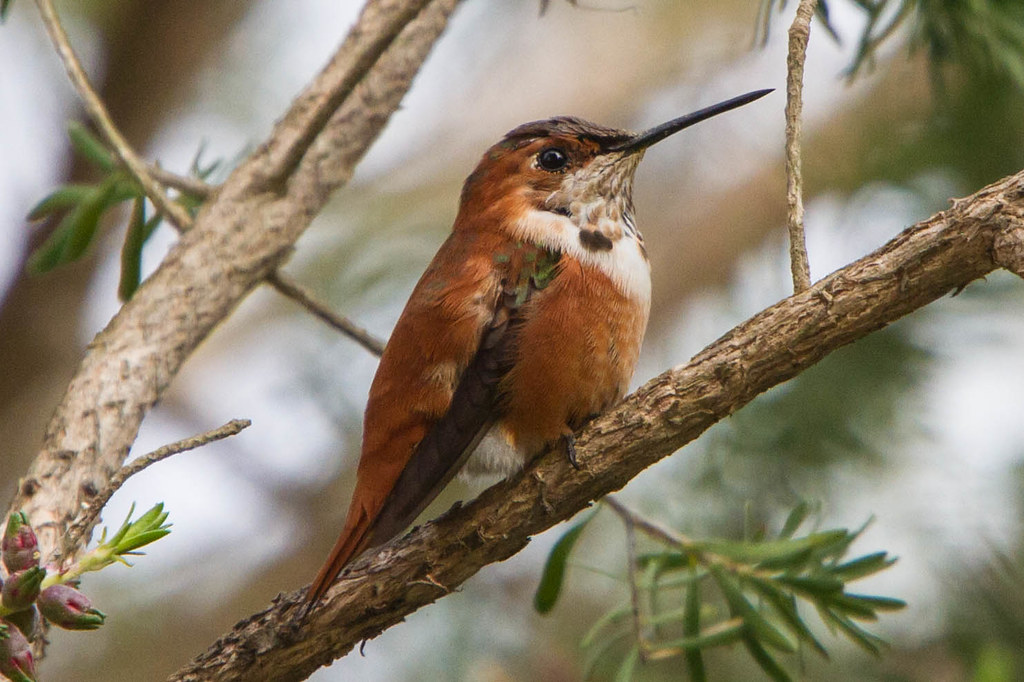
“Female Rufous Hummingbird” by Pets4Dawn is licensed under CC BY 2.0.
4/ Male hummingbirds are often more aggressive than females and will compete fiercely for food sources and territories. Females, on the other hand, are more aggressive in protecting their eggs and chicks from predators.
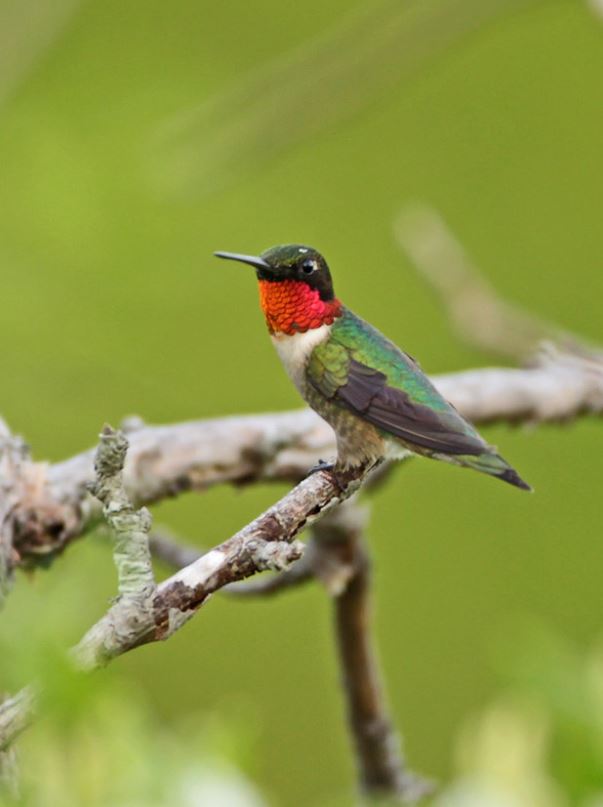
“Ruby-throated Hummingbird” (cropped) by Matt Tillett is licensed under CC BY 2.0.
5/ In terms of nesting and offspring, male hummingbirds do not participate in nest building or raising offspring, while females do all the work of building the nest, incubating the eggs, and taking care of the chicks.
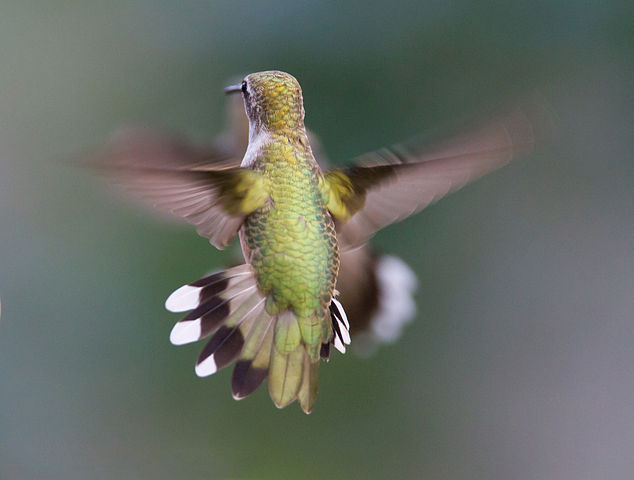
Female Ruby Throated Hummingbird courtesy of Dan Pancamo/CC BY-SA 2.0
It’s worth noting that not all species of hummingbirds follow these general patterns, and some species may have subtle or no differences between males and females.
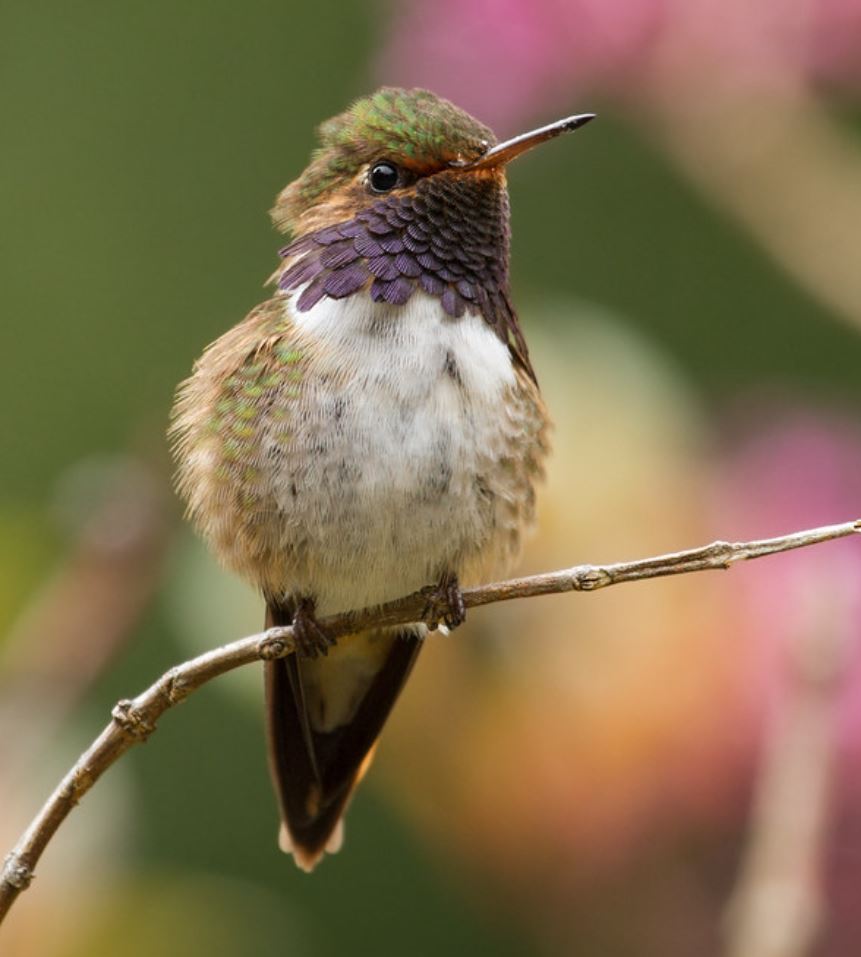
“Volcano Hummingbird (Selasphorus flammula) landing” (cropped) by Chris Jimenez – Take Me To The Wild is licensed under CC BY-SA 2.0.
6/ Additionally, juvenile hummingbirds may look more like females, regardless of their actual sex, and male juveniles will eventually molt and acquire their bright plumage and iridescent gorgets.

“Nesting Female Rufous Hummingbird” by brendan.lally….away is licensed under CC BY 2.0.
7/ Although it can be difficult to discern, there is a subtle difference in size between male and female hummingbirds. The exact size can vary depending on the species, with the bee hummingbird being the smallest and the giant hummingbird being the largest.
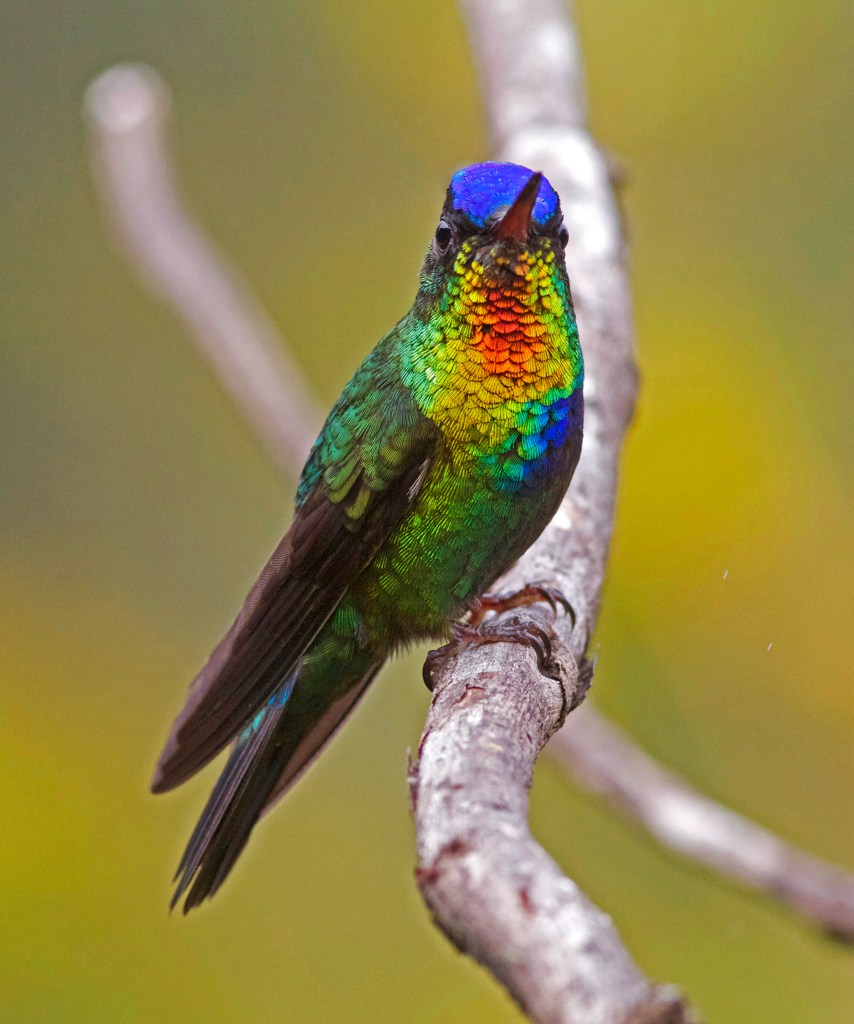
“File:Fiery throated Hummingbird JCB2.jpg” by Joseph C Boone is licensed under CC BY-SA 3.0.
Overall, careful observation can help birdwatchers figure out if a visiting hummingbird is male or female. Factors such as the bird’s gorget, color, tail shape, size, weight, aggression, and nesting behavior can all provide clues as to its gender.
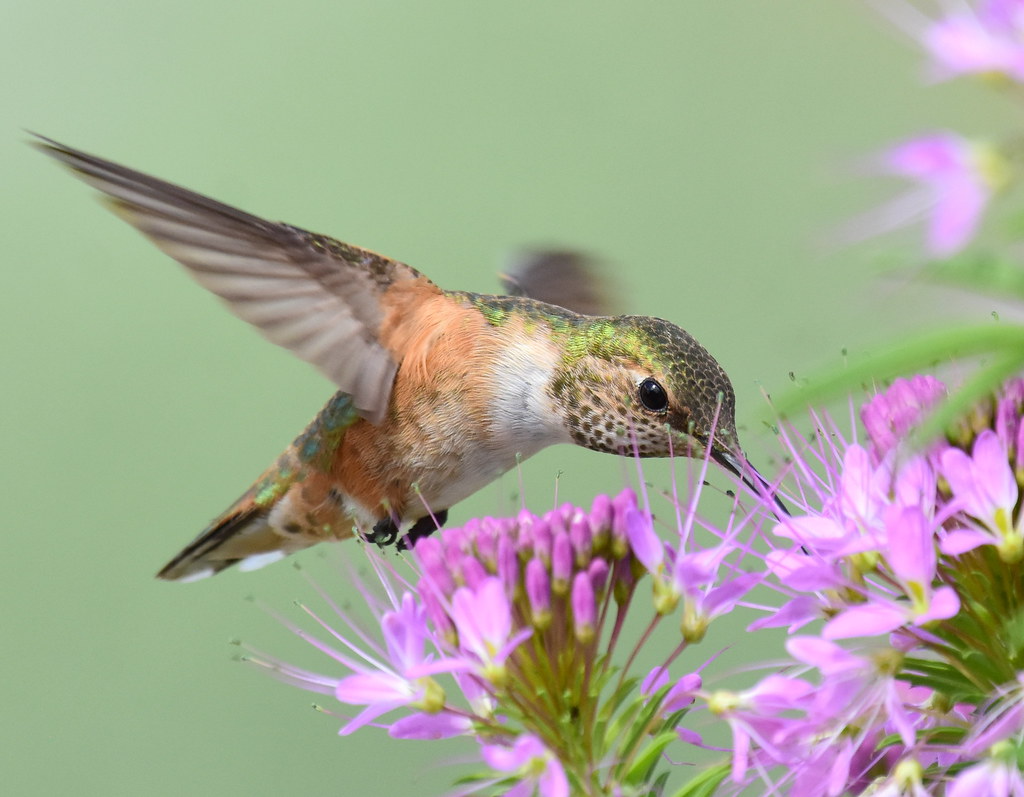
“Rufous hummingbird at Seedskadee National Wildlife Refuge” by USFWS Mountain Prairie is marked with Public Domain Mark 1.0.




